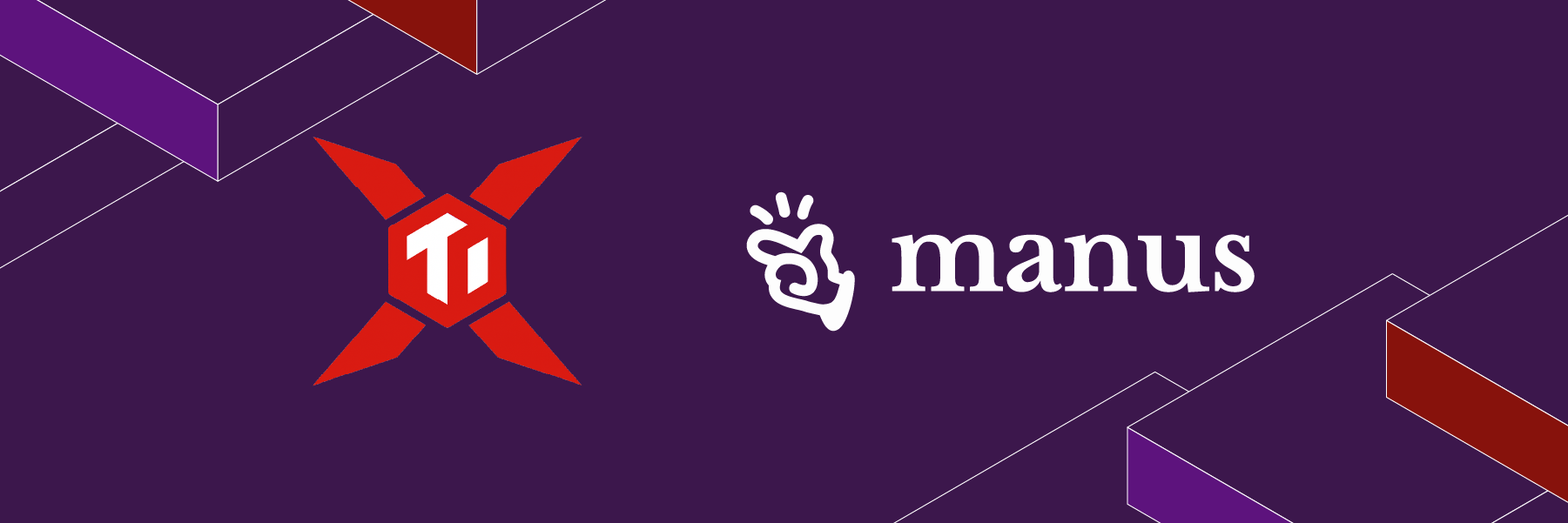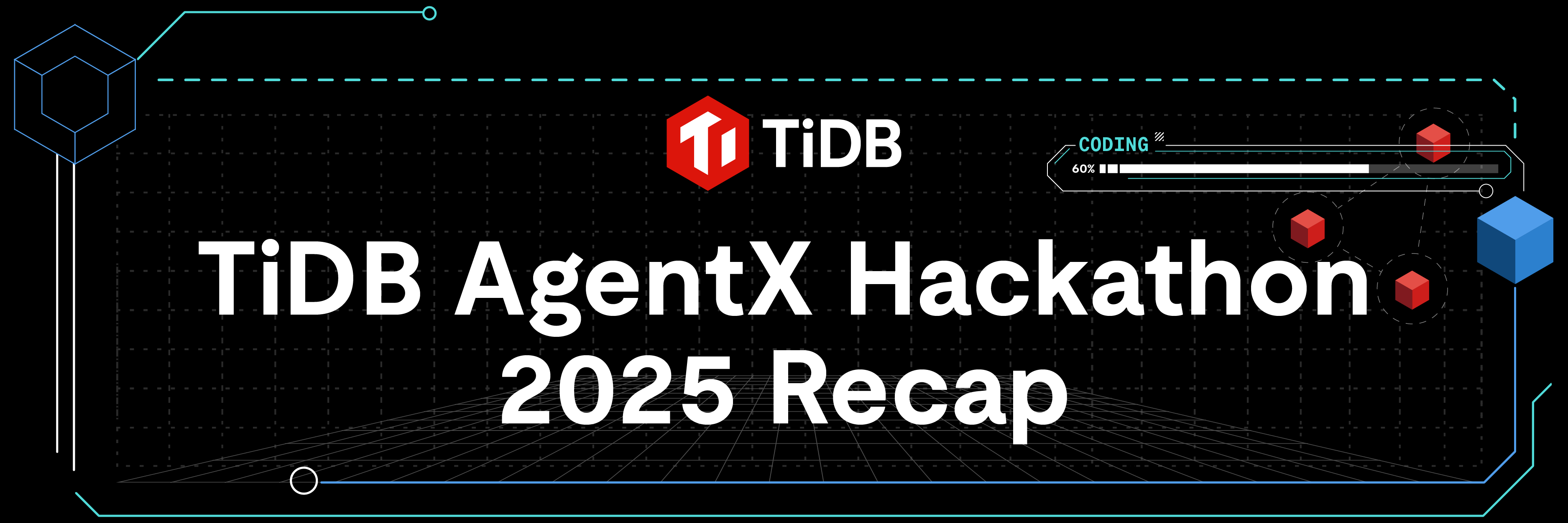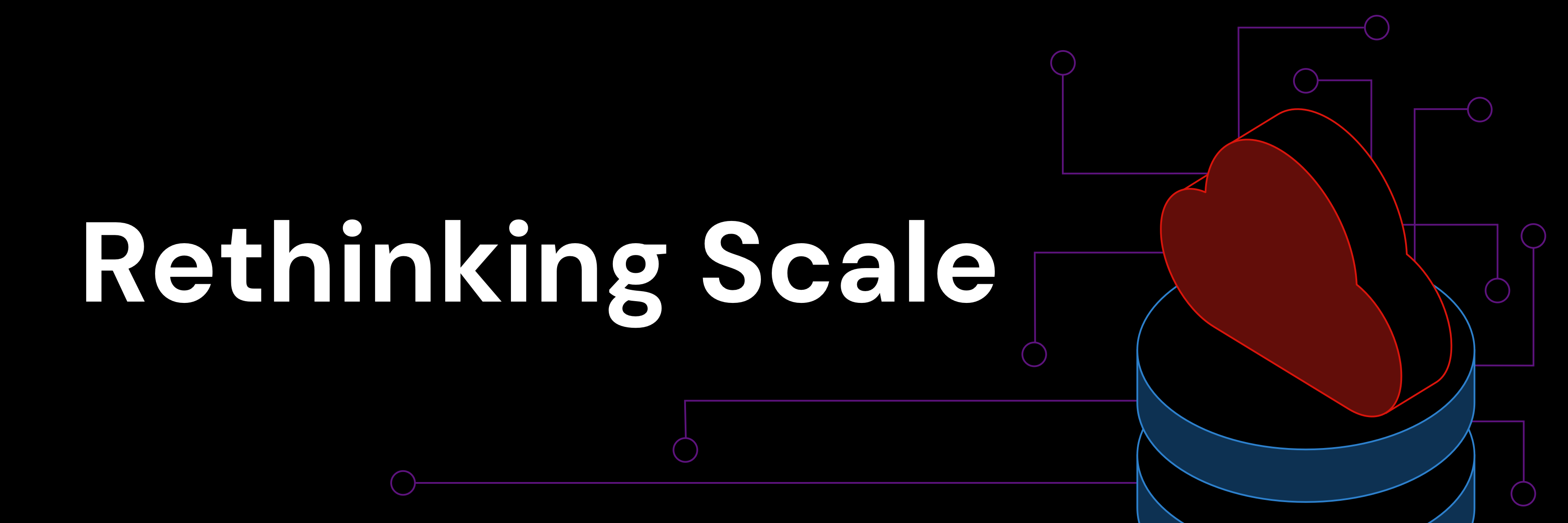
Customer Story
December 9, 2025
How Atlassian Scaled to 3M+ Tables: Multi-Tenant Control with TiDB

Engineering
December 5, 2025
Effective MySQL Online DDL: Making Critical Database Schema Changes with Zero Downtime

Tutorial
December 1, 2025
How to Build an AI Agent that Builds Full-Stack Apps

Customer Story
November 26, 2025
How Manus 1.5 Uses TiDB X to Let Agents Ship Full-Stack Apps at Scale

Community
November 17, 2025
TiDB AgentX Hackathon 2025 Recap: Double the Submissions, Real-World AI on Display

Product
November 13, 2025
Zero-Downtime Upgrades: How TiDB Powers Always-On Databases

Tutorial
November 7, 2025
Supercharging Real-Time Applications with TiDB and DragonflyDB

Tutorial
November 6, 2025
How to Scale TiDB Locally with Online DDL

Product
October 31, 2025
How Distributed ACID Transactions Work in TiDB

Thought Leadership
October 27, 2025
Rethinking Scale: TiDB’s Evolution Into an AI Agent Database

Engineering
October 27, 2025
How to Replicate TiDB to a Mirrored Database in Microsoft Fabric with TiCDC

Engineering
October 21, 2025











